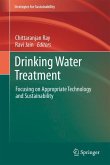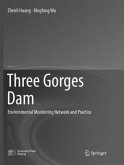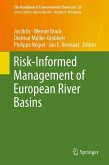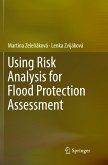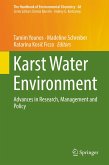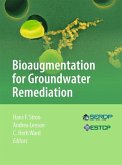Though water circulates continuously and seamlessly on Earth, various research areas such as oceanography, surface hydrology, subsurface hydrology, climatology and glaciology are usually undertaken separately. However, recent findings related to interactions of water in land, oceans, and the atmosphere encourage researchers to more comprehensively understand the behavior of water through collaborative works that go beyond the boundaries of each discipline. Water is also separated by numerous human-made boundaries such as national borders, vertical administrative systems and so on. When these human-created boundaries disrupt natural water circulation, water-related environmental problems can be invoked, and/or it gets very difficult to cope with these issues. Thus, mainly in the social science, boundaries that are drawn artificially in natural water circulation are important topics that need to be reconsidered. In the book, we will especially focus on two boundaries; one is that between surface water and ground water; the other is that between drainage area and ocean water. The book consists of 4 sections on these two boundaries: (I) Ignored linkages between surface and sub-surface environments, (II) Trans-boundary linkage of land and ocean, (III) Impact of human-made boundaries, and (IV) Challenges for new management going beyond boundaries. In sections (I) and (II), we consider the importance of interactions between land water and ocean water, and between surface water and groundwater based on findings from the natural sciences. Next, in sections (III) and (IV), we consider the impact of human-made boundaries, mainly based on findings from the social science. Finally, we made conclusions and statements in which we try to redraw the traditional catchment concept into a new one that might overcome the disadvantages caused by artificial boundaries.
Bitte wählen Sie Ihr Anliegen aus.
Rechnungen
Retourenschein anfordern
Bestellstatus
Storno



